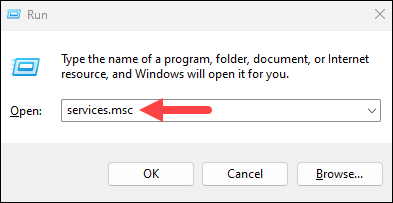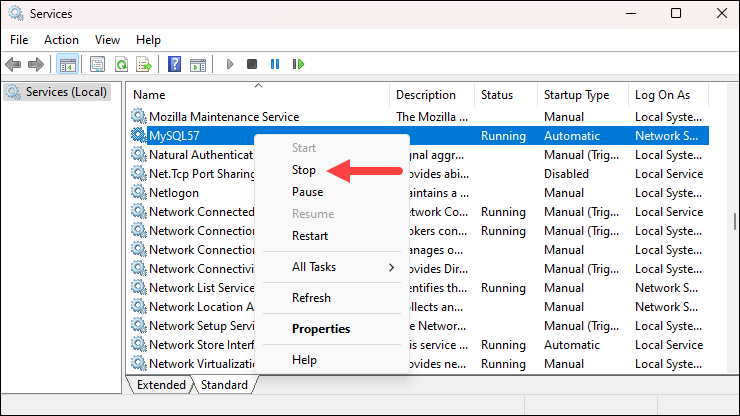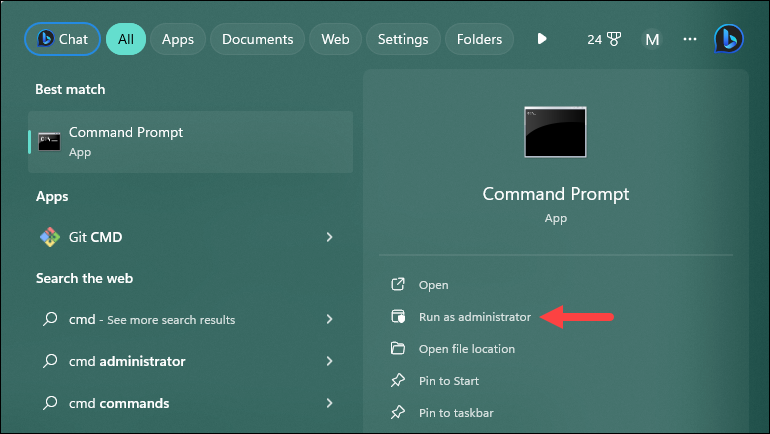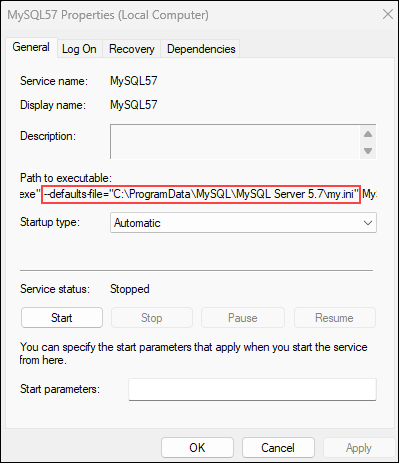Table of Contents
Overview
A well-liked database management system for online application software is MySQL. MySQL features a root or administrator-level password, just like a lot of web services. A user can access all top-level database functions with just the root password.
You ought to be able to connect to your MySQL database if you haven’t changed the root password. Nevertheless, since anyone may access your database, this is not a recommended security procedure.
This tutorial will assist you in resetting the MySQL root password on Windows and Linux if you have forgotten the password for your database.
This tutorial will assist you in resetting the MySQL root password on Windows and Linux if you have forgotten the password for your database.
Required conditions
- a MySQL database that is already in place.
- access to a MySQL server running on Windows or Linux.
- rights as an administrator.
- an editor of texts.
- having access to a terminal or command-line interface.
How to Change MySQL User Root Password in Linux
For Linux users, modify your MySQL root password by following the instructions below. In this lesson, Ubuntu 22 will be used.
Follow the steps outlined below to change your MySQL root password in Linux. For this tutorial, we will use Ubuntu 22.
First, sign in as a MySQL user.
As the user that you use to launch and manage the MySQL server, log into your computer. You can also log in as root, but then you’ll need to start the mysqld service later in step 5 with the –user=mysql -p option.
Root-owned files are created in the data directory when the server is started as root, which may result in permission-related problems when the server is started again.
Step2 – Stop the MySQL server
Stop the MySQL server if it’s running before making any changes to the password. To terminate the MySQL process, issue the following command:
sudo service mysql stopThe command stops the MySQL server. Alternatively, run the following command to kill all running instances of the MySQL server:
killall mysqldStep 3: Create a Password File
Make a file where you will enter the new password. As stated below, take action:
- Using your preferred text editor, create a new text file. We’ll be using nano in this course. The way it is written is
sudo nano /home/[username]/mysql-initReplace [username] with your actual username on your system.
2. Next, add the following line to the file:
ALTER USER 'root'@'localhost' IDENTIFIED BY 'NewPassword';Enter the password you wish to use in place of the NewPassword. Add the semicolon at the end and the single quote marks. Use a strong, secure password, please.
On the computer you are currently using, the command is functional. If you’re connecting to a different system, replace localhost with the correct hostname.

Save the file with Ctrl+O and exit the editor with Ctrl+X. If you are not logged in with the user account that you use for running the server, set the file permissions to allow the MySQL user to read the file.
Step 4: Apply the Changes
To apply the password change, use the following syntax:
sudo mysqld --init-file=/home/[username]/mysql-init &Make sure to replace [username] with your actual username on your system. For example:

The text-file password is changed by the command. The process ID (PID) of the service that was launched in the background is displayed in the output.
Step 5: Restart the Server
Restart the MySQL server after changing the root password to apply the changes. Enter the command below:
Hold off till the procedure is over.
Step 6: Log in and Clean Up
Log into your MySQL server using the root account and verify the new password works.

If everything works, you can delete the file you created in Step 3.
How to Reset MySQL Root Password in Windows
The steps below show how to reset the MySQL root password in Windows. In this tutorial, we will use Windows 11, but the process works for Windows 10 as well.
Step 1: Log in as Administrator
Log in to the Windows machine as an administrator. Administrative access ensures that you have the necessary rights to modify system-level settings.
Step 2: Stop MySQL server
1. Press Win+R (hold the Windows/Super key, and press r).
2. In the Run box, type services.msc and press Enter.

3. Scroll down the list of services to find the MySQL service. Right-click the entry and select Stop.

Step 3: Create Password File
The password file is a .txt document containing the new password you want to use. Follow the steps below:
1. Press the Windows key and search for Notepad. Press Enter to open the app.
2. Add the following line to the text file:
ALTER USER 'root'@'localhost' IDENTIFIED BY 'NewPassword';Don’t forget to include the semicolon and quote marks. Change NewPassword to any password you like.
On your local machine, the password is changed by the localhost string. When modifying a system’s password via a network, replace localhost with the correct hostname.

Save the file to the root of your hard drive (C: ). The filename should be mysql-init.txt.
Step 4: Open Command Prompt
1. Press the Windows key and type cmd.
2. From the search results, select the Run as administrator option to open Command Prompt as administrator.

Step 5: Add New Parameters and Restart Server
1. Navigate to the MySQL directory using the command prompt:
cd "C:\Program Files\MySQL\MySQL Server 5.7\bin"If you have a different MySQL version, make sure to use that version in the command.
2. Depending on how you installed MySQL, there are two ways to restart the server with the new parameters:
- If you installed MySQL using the ZIP archive
Run the following command
mysqld --init-file=C:\\mysql-init.txtNote that there are two slashes after the C: prompt.
- If you installed MySQL using the MySQL Installation Wizard
You must specify a --defaults-file option in the command, followed by the path to the configuration file. Find the file path by right-clicking the MySQL service in the services list and selecting Properties:

The file path is listed in the Path to executable section. Copy the file path and use it in the command below, but make sure to use double slashes (\\) instead of single (\) in the path:
mysqld --defaults-file="C:\\ProgramData\\MySQL\\MySQL Server 5.7\\my.ini" --init-file=C:\\mysql-init.txt3. Restart the MySQL service from the Services list. Right-click the MySQL service and select Start.
Step 6: Clean up
Now, log into your MySQL server as root using the new password. Once MySQL launches and you’ve confirmed the password change, delete the C:\mysql-init.txt file.
Conclusion
You ought to be prepared to change the root password on MySQL on Linux and Windows after reading this tutorial. Changing your password is a simple task that enhances database security, whether you’ve forgotten it or you wish to do it for security reasons.